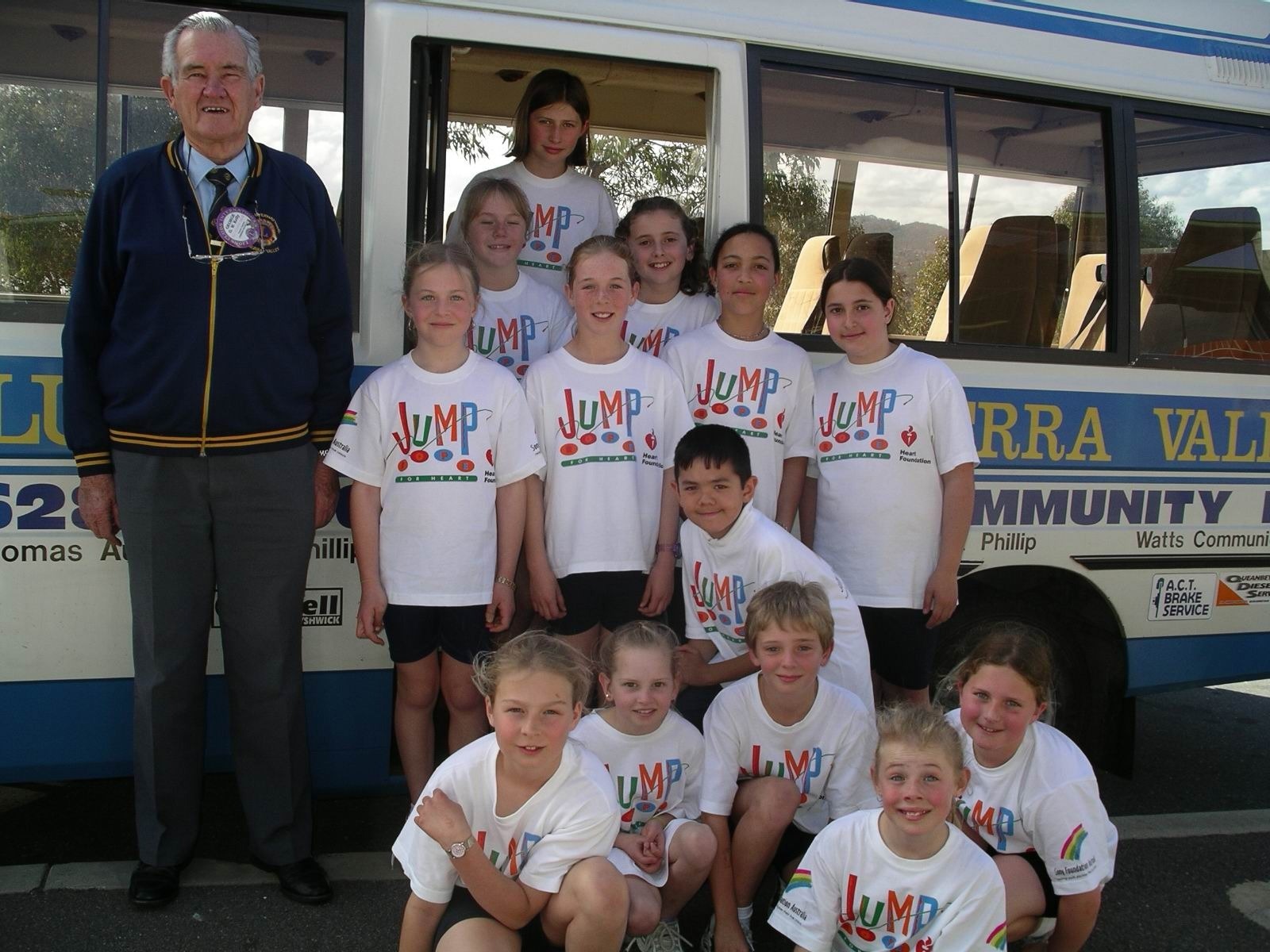Reviewed by Danielle Ellis, B.Sc.Feb 21 2023
More schools urged to take part in Jump Rope for Heart program to boost student fitness levels.
 Jump Rope for Heart: Image Credit: Heart Foundation
Jump Rope for Heart: Image Credit: Heart Foundation
More Australian schools are being urged to sign-up for Jump Rope for Heart in a bid to improve the physical fitness of school aged kids.
The call from the Heart Foundation comes as the organisation supports a new study which aims to understand whether staying fit in childhood reduces the risk of heart disease later in life.
Jump Rope for Heart this month celebrates its 40th anniversary. The program is a cultural icon for Australian school kids dating back to its beginnings in 1983. It has long been a way for schools to encourage kids to take up physical activity while learning about fundraising for heart health.
Despite the program’s success, data from the Australian Institute of Health and Welfare shows that kids spend more time sitting or lying down with digital devices than they do playing outside.
Consequently, one in four Australian kids is either overweight or obese, and only a quarter of all kids aged 5 to 14 undertake the required 60 minutes of physical activity each day.
The Heart Foundation is supporting Dr Brooklyn Fraser from the University of Tasmania’s Menzies Institute for Medical Research to measure the long-term benefits to heart health of greater child fitness, and investigate ways for parents and teachers to identify at-risk children.
Dr Fraser’s research may lead to helping schools implement fitness programs with the view of helping students avoid heart disease later in life.
There is growing evidence that child fitness levels are in decline, and that this may contribute to poor heart health in the future.
This is what has motivated me to investigate this further and identify children who may be at risk and to find new ways to increase their physical fitness levels.
My advice in the meantime is that schools shouldn’t wait: programs like Jump Rope for Heart will help to increase fitness levels among students, thereby potentially reducing their risk of heart disease into adulthood.”
Dr Brooklyn Fraser, The University of Tasmania’s Menzies Institute for Medical Research
Jump Rope for Heart’s 40th Anniversary
Jump Rope for Heart offers schools a chance to encourage physical activity among students and to teach them about fundraising. Since 1983, Jump Rope for Heart has:
- Been skipped in by more than 10 million Aussie kids;
- Seen 90 percent of Australian schools take part at some point in time
- Helped to raise more than $111 million for the Heart Foundation to support vital heart research.
The Heart Foundation’s head of physical activity, Elizabeth Calleja, said Jump Rope for Heart was a great way for schools to play an important role in keeping kids active.
Participating schools receive all the information and support they need to help students and teachers to take part in Jump Rope for Heart.
This includes everything from education resources about heart health through to guidance on how to raise money."
Ms Elizabeth Calleja, said Jump Rope for Heart
For more information about Jump Rope for Heart visit www.jumprope.org.au
Background – Jump Rope for Heart
In 1982 Mr Kelly Andrews, Director of Special Events from the American Heart Association attended a Heart Foundation seminar in Australia where he discussed “Jump Rope”.
He described this skipping program as “a rapidly growing, healthy activity” particularly among school children in his country.
With strong support from the Australian Council for Health Physical Education and Recreation (ACHPER), the Heart Foundation launched Jump Rope for Heart in 1983.
The US Hot Dog demonstration team visited Australia to launch the program which was promoted to schools (primary and secondary), tertiary institutions and community groups.
As a major national health, fitness and fundraising project it was an outstanding success.
Jump Rope for Heart was received positively by government, departments of education, physical educators, schools and community groups and, despite initial teething problems, it was the most profitable fundraising project for 1983 raising $1,417,247.
All states and territories began their participation in 1983 except the Northern Territory who joined the program in 1984.